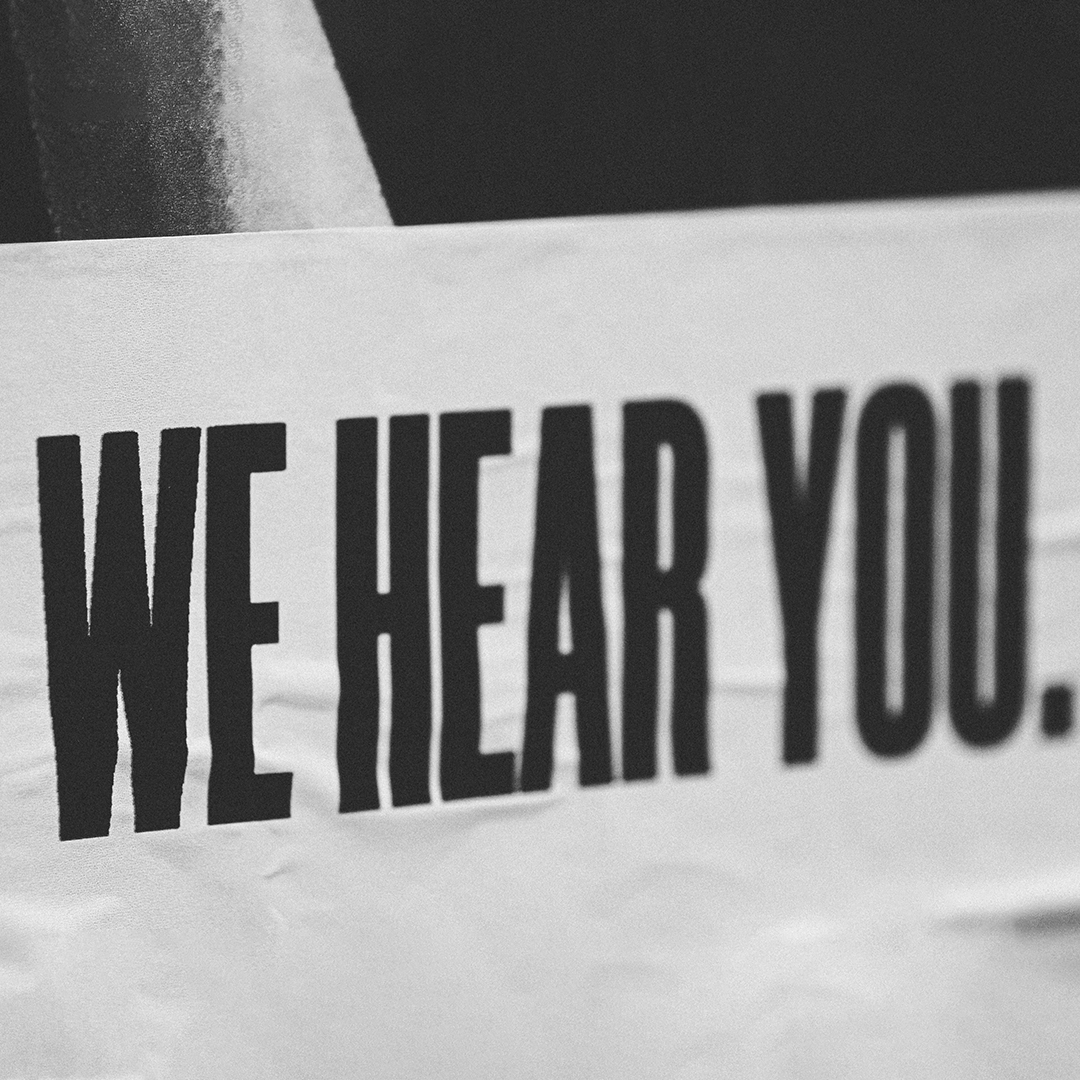6 Reasons Why You Can’t Ignore Brand Sentiment Analysis
Brand sentiment analysis is one of the key metrics that helps brands to glean insights on customer perception using qualitative feedback. Keeping your eye only on numbers will not deliver a true picture about your brand. Here, you are going to read everything about brand sentiment analysis and why is it important for brands.
Digital brand awareness is the measure of how accessible and visible your brand is online. Creating a positive and memorable user experience is the key to gaining brand awareness. If people can’t find you, they can’t buy from you! That being said, there are plenty of ways to boost your brand’s visibility and we’re not just talking about new social media accounts.
Brand sentiment analysis helps businesses monitor their reputation by identifying the positive and negative attitudes expressed about them online. With so many different algorithms and techniques available today, it's easy to get overwhelmed when trying to decide which one will work best for your business. In this article, we'll walk you through why sentiment analysis is important for brand awareness.
What is sentiment analysis?
Sentiment analysis is a type of text analysis that analyzes the sentiment of a piece of content to determine the writer’s opinion about a particular topic, whether positive or negative. It can help businesses monitor social media, analyze customer feedback and identify areas for improvement.
It’s a common technique used in data mining, artificial intelligence, and machine learning. It’s also used to create trend reports, provide insights into customer demand and discover what customers really think about your brand.
Sentiment analysis uses Natural Language Processing (NLP) and advanced algorithms to analyze your content and look for patterns that give insight into the writer’s feelings. Once the programme has pulled the data from the text, it can identify the overall tone of the article and provide a score as to whether the content is positive, negative or neutral.
Since social media is the main source of information for many people, it’s important to know what others are saying about your brand. If you are able to identify the source of negative comments and respond to them, you can greatly impact your brand awareness. After all, no business wants to be associated with negativity. Now let’s take a look at the advantages of brand sentiment analysis.
How can brand sentiment analysis help?
There are many ways sentiment analysis can help you boost your brand’s awareness. Here are just a few ways:
- Monitor Competitor Behavior - Sentiment analysis allows you to keep an eye on the competition. You’ll be able to see how customers feel about their product and find areas of opportunity to grow your business.
- Track User Behavior - Sentiment analysis helps you track your user behavior by providing you with valuable insights into where your customers are coming from and what they’re saying about your business. You can track user behavior by using twitter sentiment analysis using AI. You use this data to determine where to invest your marketing dollars.
- Help Determine Marketing Strategies - If you’re unsure of how to proceed with your marketing strategies, sentiment analysis helps determine which strategies will be most effective for your business.
- Know Your Audience - If you’re still trying to figure out your target audience, sentiment analysis helps you determine who is talking about your business. This will also help you figure out who your ideal customer is.
- Stay up to date on Trends - Trends come and go, but with sentiment analysis, it’s easy to stay up to date on what’s trending within your industry and how your brand is perceived.
- Provide Branding Opportunities - Sometimes, you can use your competitors’ comments to provide branding opportunities for your brand.
Why is brand awareness important?

Brand awareness is the ability for customers to recognize your brand and its value. It is the measure of how accessible and visible your brand is online. If people can’t find you, they can’t like you!
Digital brand awareness is the measure of how accessible and visible your brand is online. If you want to grow your business, you need to create a positive and memorable user experience.
Brand awareness is established through a variety of marketing techniques, such as advertisements, sales promotions, and public relations activities. However, the most reliable way to establish brand awareness is through consistent and engaging content on your website and social media platforms.
With so many different algorithms and techniques available today, it's easy to get overwhelmed when trying to decide which one will work best for your business. The best way to decide which type of sentiment analysis is best for your business is to know what each can do for you. Let’s take a look at the types of sentiment analysis and how they can help increase your brand awareness.
Read 5 Best Kept Secrets to Design an Effective Brand Identity
1. Better Customer Service
Brand sentiment analysis helps you gather customer feedback which helps you improve how you serve your customers. You can gather customer feedback by sending surveys, interviews, or calls to your customers.
Using this method, you can determine how your customers feel about what the product is and how they feel about the service. When you use this method, you can really start to understand and improve your service. Sentiment analysis also helps you gain customer loyalty.
Customers will not only tell you how they feel about your brand, but they’ll also tell you what their favorite product is and what it is doing for them. This type of information gives you a great way to convince your customers that the product or service that they want to purchase is something that will make them happy.
2. Improved products and services

Brand sentiment analysis is especially useful when you are launching a new product or when your customer base is growing.
You can see if customers are actually sticking with the new product or if they are seeing benefits in their existing business that could make them want to try something new.
This information helps you to improve your product and service by engaging with your customers and getting to understand how your products or service makes them feel.
Conducting a sentiment analysis helps you improve your productivity process which leads to better products and services.
3. PR crisis management
At times, a crisis may occur and how you solve the crisis will make or break your reputation. This is a time when you need to be proactive to stay ahead of the curve.
To help you avoid this, think about how your business will respond to a crisis.
If you are launching a new product, or if you are in a position where it's an emergency, think about how your customers will react.
Having a sentiment analysis will help you know how to solve the crisis by detecting negative comments in advance and tracking the origins.
This will help you solve the issues before it becomes a crisis and even if it becomes a crisis you will get to know the source of the crisis. If you develop a plan for what your customers will do when they feel that their business is running out of steam, then you can reduce the chances that they won't buy from your brand.
4. Brand image monitoring

Your brand image is important for your business, and it is one of the first things that people notice when they see you. The first thing that you want to do is to ensure that your brand image is good enough for your customers. If you are not able to keep up with the latest trends in this area, then you need to work on improving your brand image.
One way of doing this is by doing a series of surveys or visits to different businesses and asking them questions about their customer service and how they feel about their brand.
You can also use social media like Twitter or Facebook to get feedback from other customers simply by posting a short message or hashtag on the social media site.
5. Efficient social listening
Social listening is a powerful tool to help you understand your customers and what they want.
A simple listening test can be a great way of understanding if it is really worth your time to listen in on conversations between customers.
If you are able to understand what the customer is saying, then you can do better things with your time and money.

You can join the conversation by responding to customers in the comment section and sharing your own experiences. Or simply read the various conversations on the social media site and feel out what other customers are saying about you, your business or their experiences with your business.
6. Market Research and analysis
Brand sentiment analysis will enable you to have all kinds of market research on your customers, their needs, how they are using your product or service and what they think about your business. You can use sentiment analysis to find out which customers want what and what they don’t want.
You can use this knowledge to help you understand how to improve your sales and customer service as well as what you need to do to make a lot of money from your business.
Summing up
Now that you know the benefits of brand awareness, you may be wondering how to get started. The best way to start improving your brand awareness is to identify what your weaknesses are and find a way to improve them.
If you’re unsure of where to begin, we recommend conducting market research and using brand sentiment analysis to get a better idea of how your brand is being perceived. Remember, you don’t have to do this alone. With tools like artificial intelligence, you can easily incorporate sentiment analysis into your marketing strategy and keep your brand trending in the right direction.
Contact us to learn more about how your brand can reap the benefits of sentiment analysis and get experts to do it for you the right way.







